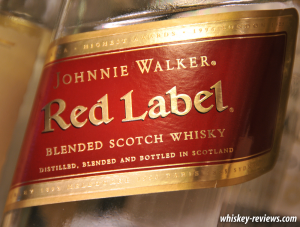 Last time, we focused on the geography of Scotland, and how it affects the taste of the whisky in your bottle. This time we’ll discuss the definitions, and differences between, single malt Scotch and blended Scotch.
Last time, we focused on the geography of Scotland, and how it affects the taste of the whisky in your bottle. This time we’ll discuss the definitions, and differences between, single malt Scotch and blended Scotch.
Single malt Scotch whisky is very easy to define and understand. To be considered a single malt, the whisky must be made of solely malted barely at a single distillery. Single malt whiskies include the Glenlivet, Laphroaig, and the Dalmore.
On the contrary, blended Scotch is just what it sounds like; a blend of various Scotch whiskies. Blended whiskies include Cutty Sark, Chivas Regal, and Dewar’s.
Now, here’s where the debate begins. Of course, some purists will only drink the finest single malts. Surely blended Scotch is for peasants!
Not necessarily. While I will agree that to my discerning taste, Johnnie Walker isn’t necessarily my favorite. But, look at companies like Compass Box. Their whiskies are blended from very high quality spirits, creating a unique and complex balance. They take very specific flavors and combine them to create some of the most flavorful whiskies around – like the Peat Monster for example.
I hope this helped clarify some of the major differences between single malt Scotches and blended Scotches. Next time we’ll focus on age statements, and how important they really are; you might be surprised!
Class dismissed.
-Ryan

1 pings
[…] are the styles produced. Many blends of Scotch are sent to market (in fact, 90% of Scotch is blended), but the more revered brands are single malt. On the contrary, many of Ireland’s most popular […]